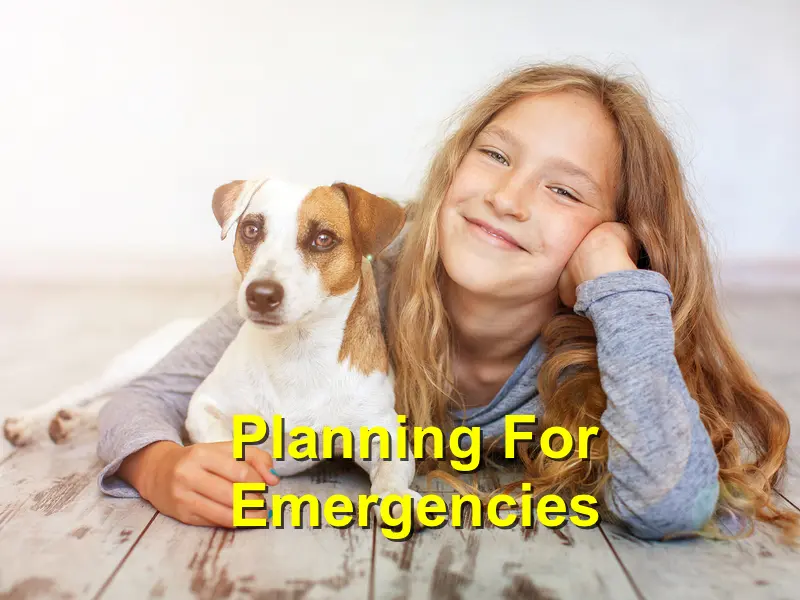Planning For Emergencies for Your Pet
If you’ own a pet, then you should include your pet in your family’s emergency plans. Even if disasters might seem impossible in your calendar, you never know when they strike.
Therefore, it’s always better to be ready than not, more especially if you’re living in a disaster-prone location. Remember forgetting to include your pet in your plans is not only dangerous to them, but also to you and the entire rescue team. We took time to compile a simple emergency readiness plan for you.
Have a Plan
Everything important step in life starts with a plan, and so does emergency situations. Begin by placing yourself in the shoes of your pet in times of need and see what they would require. For instance, they will need some sought of identification in case they stray, so get them an information tag.
Also if you aren’t sure of the durability of the collar tags, you can make use of the latest technology and get a microchip under their skin. That way, you can easily trace their movements. You should, however, remember to register the microchip and keep its details up-to-date.
Additionally, if you are a multi-pet lover, remember to buy and prepare a pet carrier for them all. Conduct proper naming and let them use them once in a while, so they get comfortable.
You can now look around your location and identify an appropriate home your family when such times come.
Have a Disaster Kit Ready
Like an emergency kit, this should include everything that your family and pets would need and use for a couple of days or probably weeks after the disaster. Whereas it might be easy to assemble things for other family members, it might be a bit difficult for your pets. So we recommend you get necessary details from the vet.
Nevertheless, some of the things you should remember are;
• The medical records and medication
• Food and water
• Sleeping essentials
• Bathroom basics
• Waste bags
• Identification handouts.
How Do I Protect My Pet and Family from Injury and Illnesses?
During times of distress, both humans and animals react in a similar minor. Therefore, ensure you get conversant with safe handling techniques. Also, avoid acquiring and spreading common diseases by exercising high levels of hygiene.
For example;
• Let your dog keep up-to-date with necessary vaccinations against common diseases such as rabbis and leptospirosis
• Ensure to clean/disinfect your hands once you handle pet waste and food
• Don’t let them lick your face or hands.
Sources: CDC, Disaster Survival Resources, Humane Society




